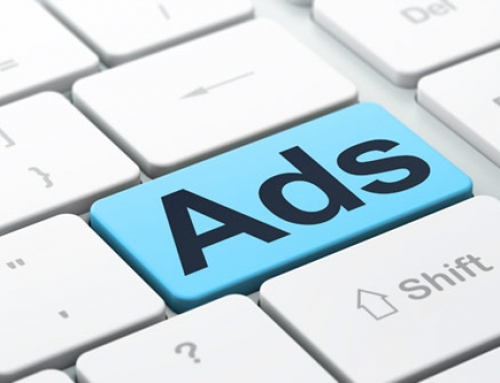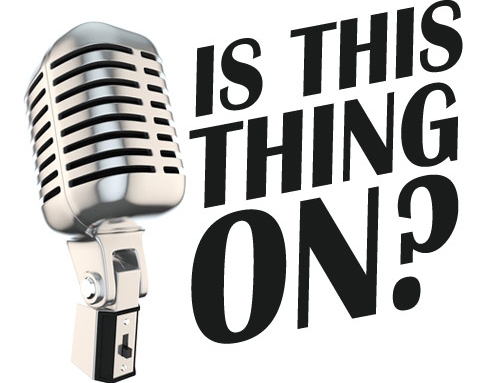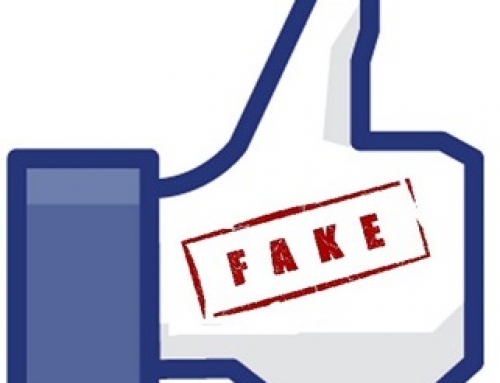 We can learn a lot about marketing messages from books and from politics – especially book titles about politics. Most marketing messages for selling books about politics have taken the same path lately: a short, 2 to 4 word main title, then an run-on sentence (italicized, of course) as a “sub title” – somewhat similar to a truncated version of press release title and synopsis.
We can learn a lot about marketing messages from books and from politics – especially book titles about politics. Most marketing messages for selling books about politics have taken the same path lately: a short, 2 to 4 word main title, then an run-on sentence (italicized, of course) as a “sub title” – somewhat similar to a truncated version of press release title and synopsis.
Why does that make a good marketing message?
Marketing messages need have a specific purposes (that teams often forget about in creative meetings): get their attention, be memorable, make a point.
Sadly, in the world where the success of a political speech is measures solely on the number of tweets per minute it created… we’ve been forced to change how we accomplish those goals.
In the past we could count on people seeing a marketing message to behave differently than they do now: they would stop, read, think, then move on. Today it’s different: they stop, read, decide in a millisecond if they are interested or not, and if the latter, then they move on WITHOUT bothering to think. Some people call that “advanced multi-tasking” of gut judgements. In the blink gut judgement I hold some value, but that doesn’t negate the truth that in the past people would give a moment of thought regardless of whether or not they found the tag line in and of itself interesting – now they don’t…. immediately on to read the next tweet. (Go ahead: look at political book titles. Sarah Palin, of course, tends to be an exception 😉 )
For marketing teams who are trying to craft messages to the general public… that sucks. This was first discovered in politics where they basically have a new message every day; often times more than one. As such, they’ve had a lot of opportunities to test not just messages, but HOW to build and shape messages so that you have a better chance of meeting the three goals: attention, remember, get across one point.
And so, the two tiered book title: “BLA BLA BLA: bla dee bla da da bla dee dee dum do dum bla dee dee.” Two to Four words as the main title to grab attention. Those who don’t care move on, those who do read on. It needs to be separated because a tag line that gets your point across (very rarely, anyway) does not have as wide of a reach for the general person who comes across it. If you make your point with the tag line, then you actually lose MORE people than if you just keep it simple, somewhat vague, and catchy. That pulls more people in to read the second tier of your marketing message. It’s the reel-in message, while the second part relays the point you’re trying to make. The marketing message has become a small marketing system in and of itself.
This makes the job of creating a marketing message a little easier, but it does require that you make more of them. First, tier one, is not as complicated because it only has one purpose: get attention. That’s a lot easier than it used to be. Before people started to have the attention span of fruit flies, your tag line had to have meaning, be catchy, make a connection, etc. etc. etc. Not it only needs to get attention of the broadest reach of the potential market demo as possible. The second tier does the work of making a connection, being compelling, and pitching the product.
The two-tier marketing message approach also helps you test in a way we couldn’t before: accessorize and mix and match your marketing message. Tag line 1 combined with sub title 4, vs. tag line 2 with sub title 1… which gets better results?
It’s a bit of a cynical look at the modern consumer, but it also works, so… we do what we must in marketing.








